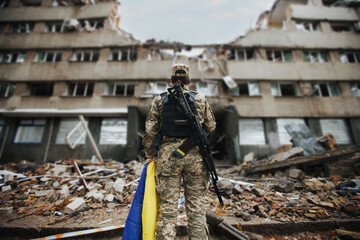SHTF Screw Ups – They Can Get You Killed
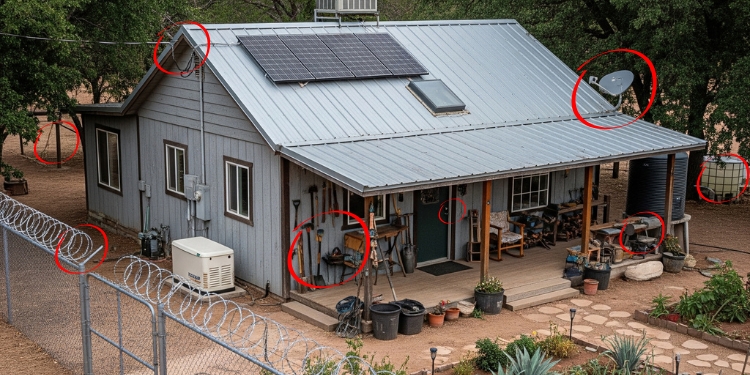
When SHTF, survival is about more than just stockpiling supplies or having a bug-out bag ready. It’s about avoiding critical mistakes that can lead to fatal outcomes. Many people imagine surviving an SHTF scenario as something out of a movie, but reality is much more unforgiving. In times of chaos, the smallest misstep can get you killed. The powers that be won’t be there to help you, and you can bet the system is rigged against you. Here are some common, but critical SHTF screw ups that you must avoid if you want to increase your chances of making it through it alive.
1. Trusting Unvetted Strangers
In an SHTF situation, people are desperate. The rules of civil society have likely broken down, and that polite neighbor who used to say “hello” could become a threat if they think you have something they need. One of the biggest mistakes you can make is trusting strangers without properly vetting them.
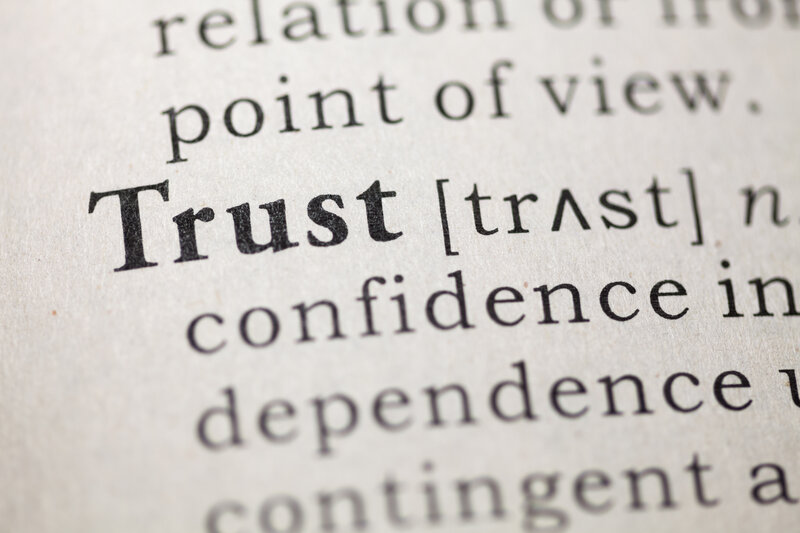
People might seem friendly, but during a crisis, desperation often trumps decency. Remember that someone who appears harmless today could turn on you tomorrow when food runs out or water becomes scarce. If you’re thinking of bringing someone into your group or sharing resources, exercise extreme caution. Interrogate their motives, look for inconsistencies in their story, and never let your guard down. Trust is earned, not given freely.
Related: Living Like This Is Not as Safe as You Think
2. Openly Displaying Supplies
Having a well-stocked supply of food, water, and other essentials is great. Broadcasting it to others? Not so much. In an SHTF scenario, scarcity is the name of the game, and if people know you have something they need, you could quickly find yourself a target.
Keep your supplies hidden. Conceal your stockpiles, and practice discretion. Don’t brag about what you’ve got or how well-prepared you are, that’s an open invitation for trouble. Be strategic when using your supplies; do it quietly and out of sight. The goal is to blend in, not to advertise that you have what others desperately want.
The more your supplies come from outside your own household, the greater the risk that others will notice them. That’s why it’s crucial to stock up as discreetly as possible. Ideally, you should aim to produce as many of your own supplies as you can. Fortunately, it’s not difficult to learn how to set up a self-sustaining garden that provides food all year round.
For instance, raising a few chickens and maintaining a small garden can give you access to fresh, clean food. If you’re interested in learning more, click here to access a guide that shows you how to become completely self-sufficient—not just in food, but in many other essentials as well, all without relying on the grid.
3. Relying on Unsecured Locations
In chaotic times, your home may feel like a fortress, but relying on unsecured locations can get you killed. Your house might be where you feel safe, but consider its vulnerabilities. Does it have windows that can be easily broken? Doors that aren’t reinforced? If someone wanted to break in, how hard would it really be?
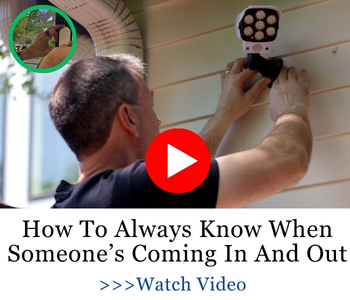 If things start to look bad, have a backup plan for a more secluded location where you can relocate. As you probably already know, bugging out is a lot easier in theory than it is in practice. That should be your absolute last resort. If you wait until you’re forced to run, it might already be too late.
If things start to look bad, have a backup plan for a more secluded location where you can relocate. As you probably already know, bugging out is a lot easier in theory than it is in practice. That should be your absolute last resort. If you wait until you’re forced to run, it might already be too late.
A far smarter move is to turn your home into a fortress. Reinforce every door. Bar your windows. Set traps if you have to. Do whatever it takes to make your home a nightmare for anyone thinking of breaking in.
4. Failing to Keep a Low Profile
In an SHTF situation, being invisible is often the key to survival. One of the most common mistakes people make is failing to keep a low profile. Wearing flashy clothing, driving a conspicuous vehicle, or making too much noise can all draw unwanted attention.
Dress in neutral, nondescript clothing. Avoid loud conversations, and don’t give anyone a reason to notice you. Blend in with the crowd and be forgettable. Move with purpose but never in a way that stands out. The less attention you draw to yourself, the safer you’ll be. It’s all about staying under the radar—act like a ghost, and keep your head down.
Consider your environment and adapt accordingly. If you’re in an urban area, wear what most people around you are wearing—no tactical vests or flashy brands. If you’re in a rural area, look like a local. Avoid any behavior that might mark you as different or as a prepper. Limit any routines that might make you predictable. Travel at odd times, and never use the same route twice if possible.
Related: Grey Man Secrets You Should Learn Before SHTF
Sound discipline is crucial. Keep conversations brief and to the point, and maintain a low tone. No shouting, no arguments, and absolutely no loud laughter. Remember, noise carries, especially when the world has gone silent. The quieter you are, the less likely you are to draw unwanted attention.
When it comes to vehicles, avoid anything that screams wealth or preparedness. A beat-up old car is much less likely to attract attention than a shiny new truck. Remove any bumper stickers or markings that could give clues about your affiliations, beliefs, or resources. The key is to look unremarkable—like someone who doesn’t have anything worth taking.
5. Ignoring Operational Security (OPSEC)
Operational security, or OPSEC, is about protecting information that could be used against you. Sharing too much with the wrong people—even friends or family—can put you in danger. You never know how others will react when they’re desperate.
Practice airtight OPSEC. Keep your plans, supplies, and strategies to yourself or only share them with vetted individuals. Don’t post about your preps on social media, and definitely don’t tell people about your bug-out plans. Knowledge is power, and in a crisis, secrecy is survival. The fewer people know about what you’ve got and what you’re planning, the better your odds.
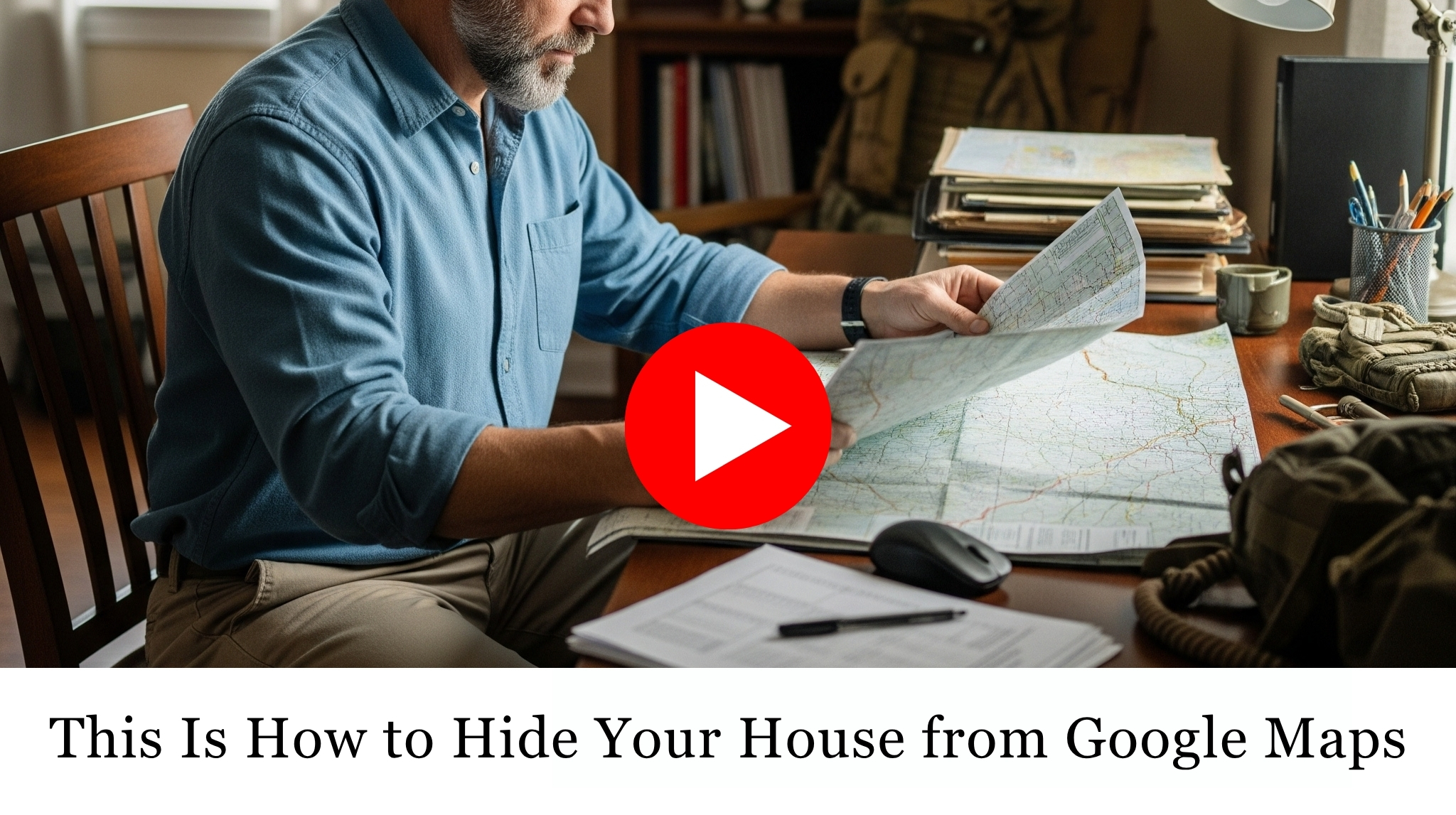 6. Relying Solely on Weapons
6. Relying Solely on Weapons
Weapons can certainly help you protect yourself, but relying solely on them is a fatal mistake. In an SHTF situation, confrontation should always be a last resort. If you’re too eager to use a weapon, you could escalate a situation unnecessarily and make yourself a target.
Learn to avoid conflict whenever possible. Use your awareness, stealth, and wits as your primary defenses. Weapons are tools, not solutions. If you must use a weapon, be sure you’re trained, understand the stakes, and can handle the consequences. Violence attracts attention—keep your options open, and use force only when there is no other way.
Consider alternatives to lethal force. Non-lethal options such as pepper spray, tasers, or even makeshift deterrents can be effective without escalating to deadly force. Always think about ways to de-escalate before resorting to weapons. Understanding the psychology of conflict can often help you defuse a situation before it turns violent.
Train in self-defense and situational awareness. Knowing how to defend yourself physically, without weapons, is crucial. Practice martial arts or other self-defense techniques that focus on escaping rather than engaging. The better trained you are, the more confident and capable you’ll be in handling threats without resorting to lethal force.
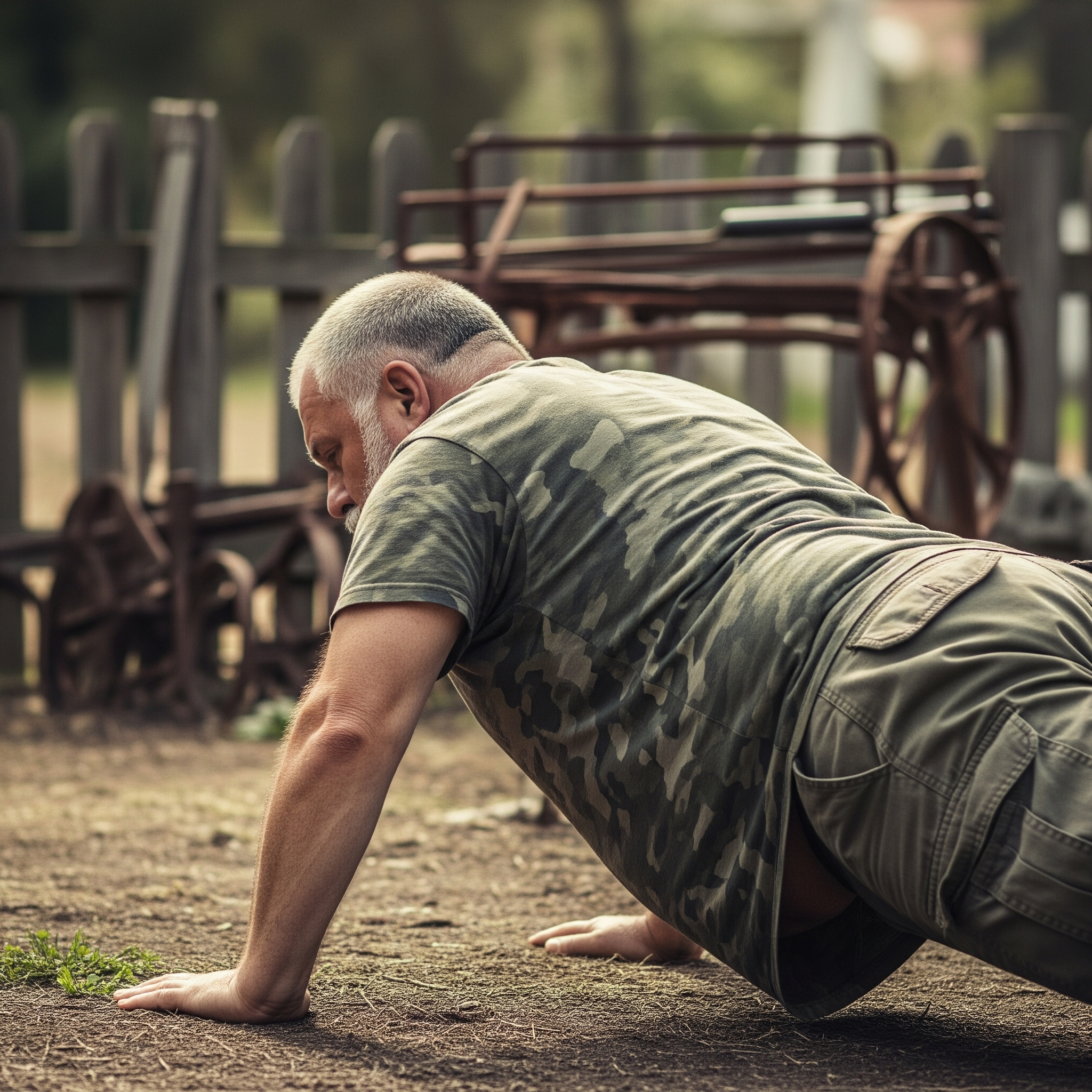
7. Not Securing Your Perimeter
Your home or bug-out location should be your sanctuary, but without a secure perimeter, you’re inviting trouble. Leaving your perimeter unsecured can allow intruders to get close without being noticed. Setting up early warning systems, such as tripwires or even simple noisemakers, can give you crucial time to react to potential threats.
Create barriers. Use thorny bushes, fences, and noisemakers to slow down intruders and alert you to their presence. Install early warning systems—simple measures can make all the difference in keeping you safe and giving you time to prepare for a potential attack. I’ve got a solid solution for one of the most common mistakes people make in a SHTF situation: poor home defense. It’s a complete anti-looter kit designed to help secure your home quickly and effectively.
This kit includes all the essential tools you need to fortify your property. It’s budget-friendly, easy to set up, and highly effective—making it a smart choice if you want to prevent a serious security breach when things go south.
8. Lack of a Communication Plan
When SHTF, regular communication channels may go down. If you don’t have a communication plan in place, you could easily find yourself isolated, unaware of what’s happening around you, and unable to contact loved ones.
Establish a reliable communication system with your group. This could include walkie-talkies, HAM radios, or even predetermined signals. Set up regular check-in times and create a plan for what to do if someone doesn’t check in.
How to Communicate Post-SHTF
Communication is the glue that holds a survival group together—don’t leave it to chance. Because in a true crisis, you won’t be able to count on your phone, the internet, or even GPS. A single EMP or nationwide blackout could wipe them all out in seconds. That’s why elite teams like the Navy SEALs never depend solely on mainstream tech—and neither should you.
Inside Joel Lambert’s A Navy SEAL’s Bug In Guide there is a whole section dedicated to the alternative comms strategies used by special operators to stay connected without being seen, tracked, or intercepted.
Click here and learn how to send and receive messages that leave no trace, maintain radio silence while gathering intel, and communicate across long distances—even with no infrastructure.
Here’s just a taste of what you’ll unlock in this powerful chapter:
-
Covert Communication: How Special Forces Stay in Touch Without Being Tracked
-
The #1 Ham Radio Every Serious Prepper Should Own—And How to Use It
-
A DIY Antenna Hack That Can Supercharge Your Signal
-
How to Modify a CB Radio for Long-Range, Two-Way Communication
-
Silent Listening: Pick Up Broadcasts Without Revealing Your Location
-
The Cheapest Way to Score Quality Emergency Radios Right Now
-
Essential Off-Grid Gear You Should Already Have in Your Home
-
How to Use a Car Battery to Keep Your Radios Powered and Operational
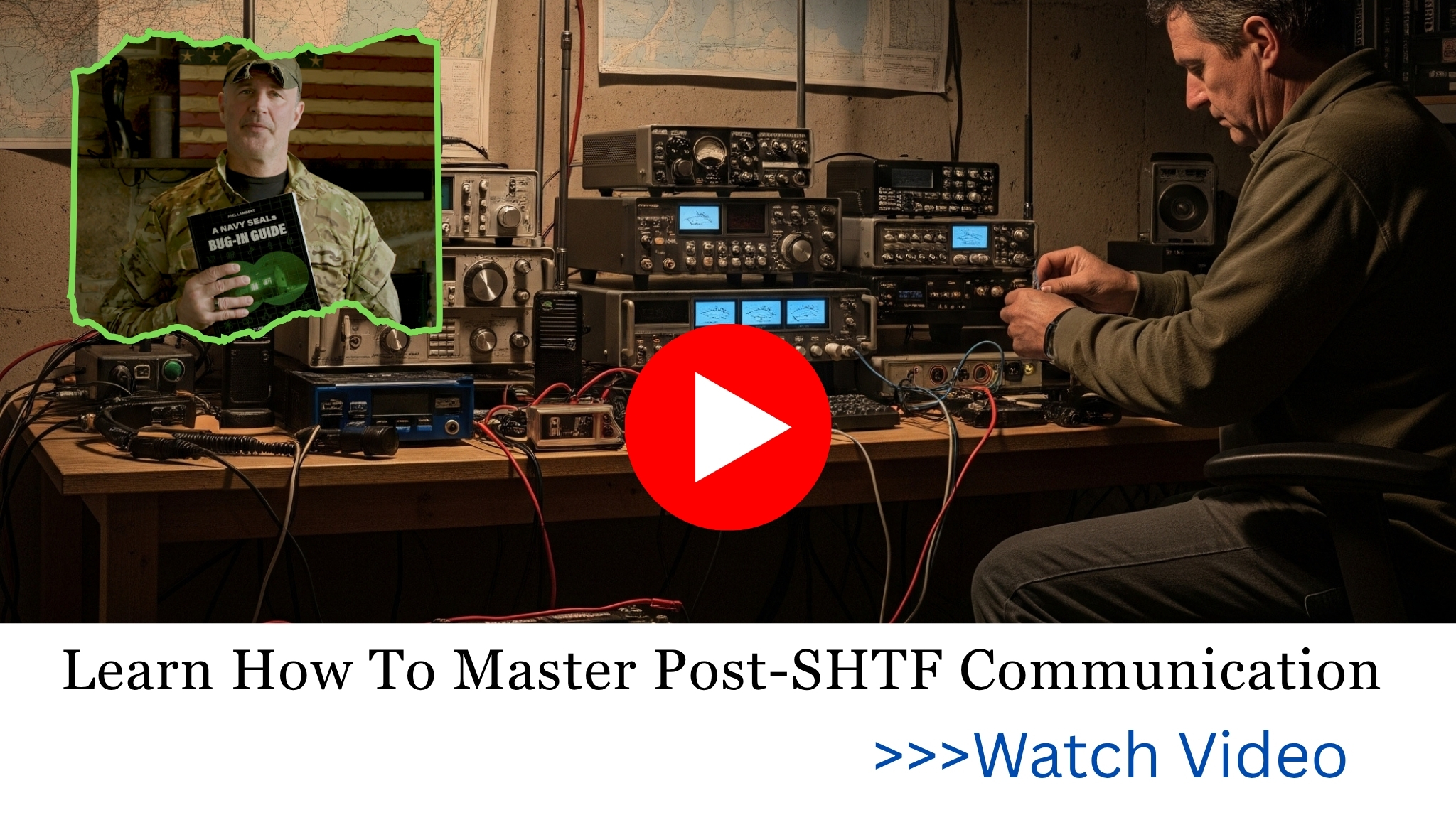
9. Overestimating Your Physical Abilities
A lot of people like to think they can handle anything physically, but when SHTF, exhaustion and injuries are real threats. Overestimating your physical abilities can get you killed. You need to be realistic about what you can do, especially if you’re carrying heavy supplies or need to move quickly.
Train regularly, but know your limits. Don’t push yourself to the point of exhaustion. Break up tasks, take rests, and make sure you’re not overburdened. This isn’t the time to prove how tough you are—it’s the time to survive, one day at a time.
10. Failing to Diversify Your Resources
Having all your resources in one place is a gamble. If that location is compromised, you lose everything. Failing to diversify your resources can be a fatal mistake.
Stash supplies in multiple locations:
- Cache food, water, and other essentials at home, at your bug-out location, and even along your bug-out route.
- Consider stashing smaller caches in hidden spots, like natural landmarks or inconspicuous places along the way to your bug-out site.
- Spread out your critical supplies—food, water, first aid, tools, and even weapons—so that if one stash is compromised, you still have backup resources.
Think redundancy:
- Having multiple caches means you’re not putting all your eggs in one basket.
- Diversify storage methods—bury some supplies underground in waterproof containers, hide some in false walls or floors, and keep some in mobile caches, such as vehicles or trailers.
- Diversifying not only protects you from theft or loss but also keeps your supplies safe from natural disasters.
When it comes to survival, food and water must be tightly managed—especially if you don’t want to end up among the first casualties after SHTF. While even non-preppers might stash away some canned goods, the real gap is in water preparedness. That’s where most people drop the ball.
That’s why I strongly suggest investing in this compact, backpack-sized water generator. It can produce around 40 gallons of clean water per day, and here’s the kicker—it does it using nothing but the air around you. No plumbing. No electricity. Just pure independence.
In a real crisis, having your own self-sufficient water supply could be the difference between life and death. And since this is an affordable solution to generate water, there’s no reason not to be ready.
11. Underestimating Mental Health
The psychological toll of an SHTF scenario is immense. Underestimating the importance of mental health can lead to fatal mistakes. Anxiety, depression, and stress can cloud your judgment and make it harder to make rational decisions.
Prepare for the mental challenges of survival. Keep comfort items, practice stress relief techniques, and build strong relationships with trusted group members. Mental resilience is just as important as physical strength—a clear head can mean the difference between life and death.
Create a routine to maintain mental stability. Establishing a sense of normalcy, even in a chaotic environment, can help you stay grounded. Set small daily goals, whether it’s organizing supplies, maintaining hygiene, or exercising. These routines can provide a sense of control and purpose, helping to reduce stress and anxiety. Additionally, practice mindfulness and breathing exercises to keep calm under pressure. A stable mental state can significantly improve your decision-making and increase your chances of survival.
Final Thoughts on Top 11 SHTF Screw Ups
Surviving an SHTF scenario is about more than just having supplies and weapons. It’s about avoiding the critical mistakes that can quickly lead to your downfall. Trusting unvetted strangers, displaying supplies, failing to secure your perimeter, and not keeping a low profile are just a few of the pitfalls that could get you killed.
Stay vigilant. Keep your preparations to yourself, blend in, and always be cautious. Question everything and everyone. Remember, the system is not on your side, and when things go bad, you’re on your own. Survival is about staying one step ahead of danger, not inviting it in. The more you can avoid drawing attention, the better your chances of making it through whatever comes your way. Trust your instincts, stay alert, and never underestimate the power of secrecy and discretion.
You may also like:
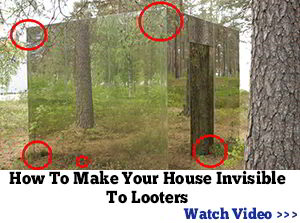
11 Fatal Mistakes To Avoid When Bugging Out
Amish Survival Hacks that Can Help You Thrive in a Long-Term Blackout (Video)
How to Survive When All Water Is Gone
12 Amish Farming Secrets Every Prepper Should Know
Read the full article here





